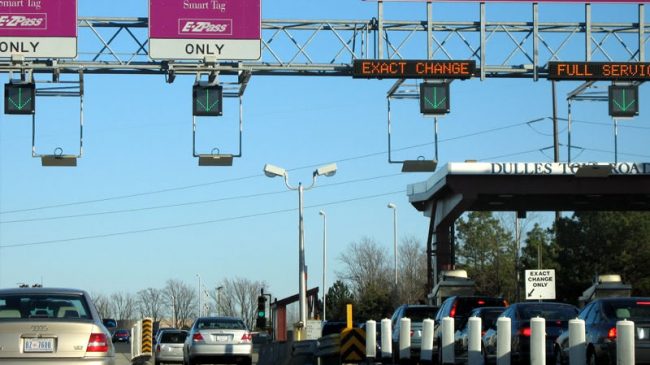Earlier this month, Virginia Governor McAuliffe and Republicans in the Virginia General Assembly reached agreement on widening and tolling I-66, a major commuter corridor between the suburbs of Prince William County (US 15) and the Washington D.C. line. The I-66 plan is a major step forward.
Making any changes on I-66 is challenging. The stretch outside of I-495 is currently three general purpose lanes in each direction with a rush-hour shoulder lane that adds a high occupancy vehicle lane. The new plan calls for the construction of two high occupancy toll (HOT) lanes in each direction from US 15 to I-495, a 25-mile stretch. These lanes will be in addition to the three existing general purpose lanes. They will replace the existing part-time shoulder lanes. Similar to construction of HOT lanes on I-495, the entire roadway corridor will be rebuilt. This stretch of I-66 is nearly 60 years old and the entire roadway’s foundation needs to be repaired. Adding a fourth general purpose lane to this corridor would have been an even better solution as a four-lane cross-section carries the most vehicles per lane of any roadway width, but this current plan should work well.
But that change to I-66 outside the beltway was easy compared with the inside the beltway solution. Inside the beltway, I-66 is mostly two lanes in each direction between I-495 and the DC line. However, the Dulles Access expressway merges with I-66 inside the beltway causing a funnel as four lanes in each direction narrow to two. Further, the Dulles Access road had previous funnels from 6 lanes to 4 lanes at I-495 and then 4 lanes to 2 lanes where the airport lanes merged with the general purpose lanes. I-66 had a previous funnel of 4 lanes to 2 lanes at I-66. So we have ten lanes merging into two. This not so award-winning design is thanks to Arlington County officials who have virulently opposed any widening to I-66 inside the beltway.
Currently, I-66 inside the beltway is HOV-only eastbound from 6:30-9:00 AM and westbound from 4:00-6:30 PM. The state’s original plan proposed to transition the HOV lanes to HOT lanes from 6:00-9:30 and 3:30-7:00 as well as add transit services and study transit service performance before deciding if I-66 should be widened. The HOV conversion makes sense since the HOV lanes are failing during rush hour. Average speeds are less than 45 miles per hour over more than 20 percent of the corridor. In theory, the federal government could ask for the construction costs to build the corridor back since the roadway is by definition “failing”.
But the plan to add transit service without widening is odd. It’s not clear what transit the state would realistically add. This corridor already has both the Orange and Silver lines serving it and a robust local bus network. Adding express bus service that more effectively serves Fairfax, Prince William and Loudoun counties would help, but some express bus service was eliminated when the Silver line started operating.
Thankfully, McAuliffe and Representative LeMunyon reached a compromise to add a third lane for 4.0 miles in the eastbound direction. While that small widening is a step in the right direction, the entire 9.0-mile segment to the Theodore Roosevelt Bridge needs to be widened to 3 lanes. And the westbound section needs to be widened to 3 lanes as well. Realistically, this corridor will still be congested. However, given neighborhood sentiment 3-lanes in each direction is the realistic solution.
Combined with the plan to add an additional managed lane in each direction on I-395 and convert the HOV lanes to HOT lanes next year, Virginia will soon have express toll lanes on I-66, I-95, I-395 and I-495. It will be the first region to have an express toll lane network on all of its state-controlled expressways. This is an impressive accomplishment that would not have occurred without bipartisan support for tolling and P3s.

